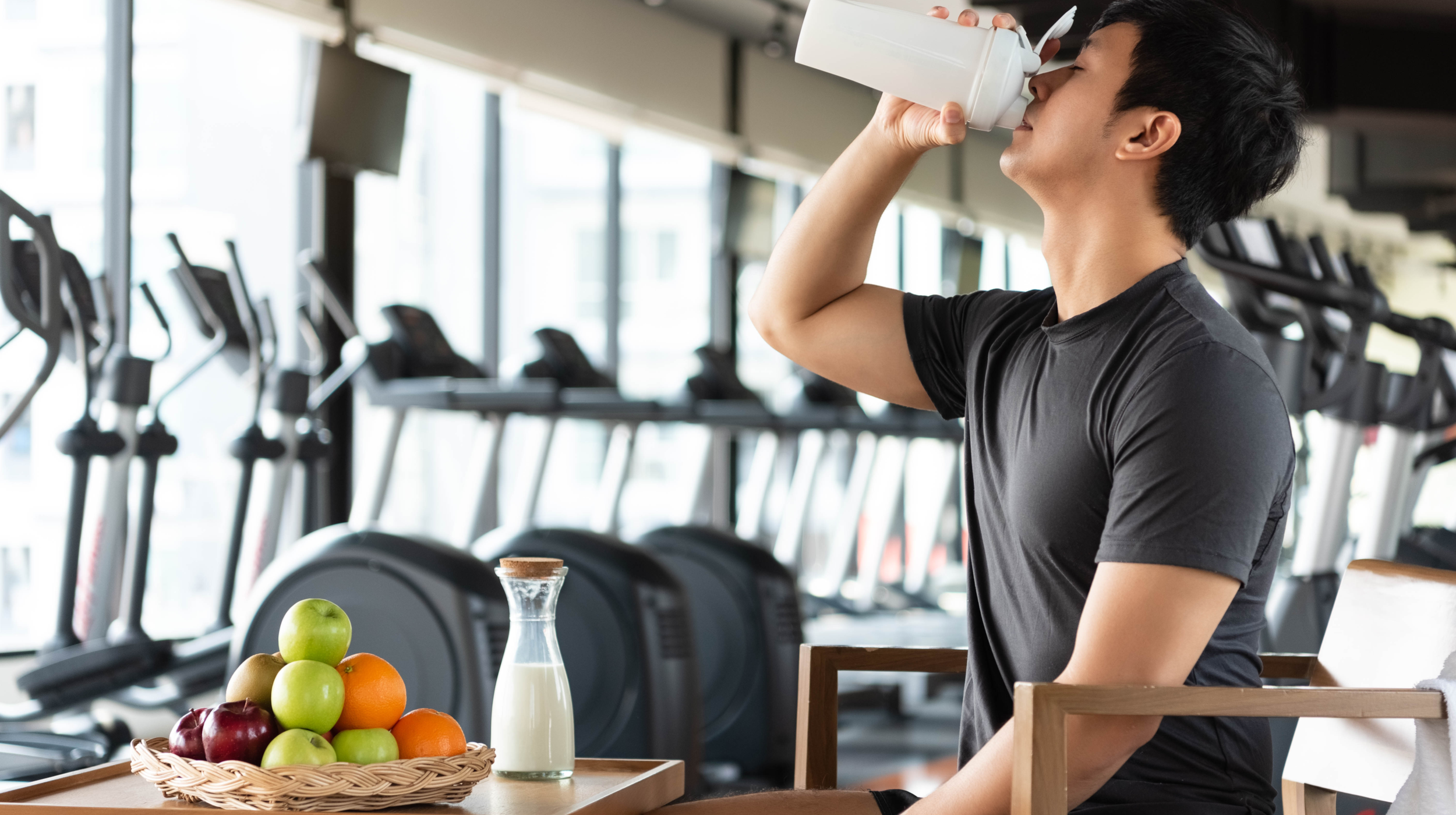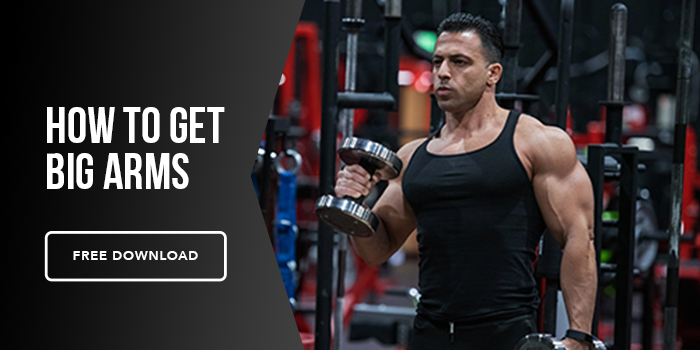The concept of bulking is pretty easy. Way easier than dieting. Just eat more right?
That’s what I thought when I did my first ever bulk for a competition. This was in 2007, before IIFYM, Mind Pump, reverse dieting, etc. I genuinely thought that the more you ate, the more you turned into muscle. I probably ate 3000+ calories, and actively made sure to do zero cardio. I had a 1,000 calorie weight gainer shake with whole milk before bed, to make sure I didn’t lose out on gains in my sleep. Any regular meal I had, I made sure to ALSO add a bowl of rice and glass of milk. For EVERY meal. How well did this work out for me? I went from 12% body fat to 21% body fat. I hit my goal of surpassing 200lbs hoping to be jacked and instead I was just fat.
You might also be wondering “well you must have put on some good muscle at least right?” Maybe. I had to drop to 165lbs as my stage weight! That’s over 35 pounds of fat from intentional overeating. This was the total opposite of what I wanted. I got stretch marks, and horrible gas. My cardio was so atrocious I got low back pain after a half a mile run (keep in mind I ran cross country and was a collegiate rower prior to this).
Some Fat Gain Is Required
In order to properly bulk, yes, some fat gain is going to be required. Unless you are a hardgainer, or within your first 1-2 years of lifting, there is just no way to put on appreciable amounts of muscle without some fat gain. This is a hard pill for most to swallow because once we diet down and see our abs, we don’t want to lose them again.
And if you don’t think some fat is necessary during even the leanest of bulks, look at pro IFBB bodybuilders. If guys enhanced, AND with great genetics can’t even bulk without looking at least a little soft, you are definitely no exception.
Having said that, that doesn’t mean you need to blow up like I did for my first show either. In fact as you saw by the end of it the sheer amount of fat I gained versus probably muscle was severely disproportionate.
It’s Not Just About Adding MORE Calories
Having said that, there still are good guidelines to follow to ensure you are in a surplus, but minimizing fat gain, and prioritizing muscle gain.
Shoot for 200-300 calories above maintenance
Lifters think they need to eat insane amounts of food to grow. It’s actually much simpler than that. Being just 200 calories above your maintenance intake is enough to put your body in an anabolic state. Only add more if you find your performance in the gym, or weight plateaus (in which case add another 100 calories every time this happens, although give it at least 2 weeks for your body to try this bump in calories before you adjust again). If you need help figuring out your maintenance calories use our TDEE Calculator to help get a rough estimate. Remember though, these aren’t an exact science, just a starting point.
Eat .82-1g/lb bodyweight
Surplus and sufficient protein are the biggest keys to ensuring putting yourself in a muscle growth state. You can eat a ton of calories, but if your protein intake is too low, your strength will suffer. Your body uses protein as building blocks to make your muscles bigger and stronger than the last time. Muscle is calorically expensive to have. If your body doesn’t have enough protein to support growth, you’ll more likely see yourself get fatter, not more muscular.
Eat .3g/lb of bodyweight in fat intake
This amount generally keeps your fat intake high enough, so that your testosterone levels are supported, and thus performance. For men, if you tend to drop below .3g/lb or 15% of your total daily intake, you may find a drop in libido, and a drop in hormones.
Eat .75-2g/lb of bodyweight OR the remainder of your calories from carbs.
A higher carb intake generally supports better performance in the gym. Of course, if you want to go keto, or higher fat, then your fat intake will be higher, and carbs lower than the recommendations listed here and that’s totally fine. Ultimately choose the macronutrient ratio that YOU want to stick to.
For those wanting help with the math:
Protein and Carbs - 1g = 4 calories
Fat - 1g = 9 calories
Example: I am 180lbs, my maintenance is 2000 calories. If I want to bulk I am going to start at a 200 calorie surplus putting me at 2200 calories. Protein according to above puts me at 180g protein (180x4 = 720 calories). Using the fat guidelines above my intake is .3g x 180 = 54g (54x9 calories = 486 calories). 720 calories + 486 calories = 1,206 calories. Remember 2200 calories is how much I need to hit so that still leaves us with 994 calories left. Carbs have 4 calories per gram so 994/4 = 248 grams of carbs to finish off the remainder of calories for my bulk.
Focus On Quality!
Now that you have your lean bulking macros setup, we want to make sure we are getting it from mostly unprocessed, whole food sources.
Protein - Meats, Fish, Eggs, Greek Yogurt, Lentils, Tofu
Carbs - White Rice, Brown Rice, Oatmeal, Potatoes, Quinoa, Beans, etc.
Fats - Olive Oil, Butter, Avocado, Nuts and Seeds
This isn’t an exhaustive list but a general one to get started.
When to Eat More
So still using the example above, 2200 calories is just a starting point. I may find that it can be too little, just enough, or too much for my body. I won’t know till I start tracking it. I’d recommend sticking with 2200 calories for 2 weeks and seeing if your scale moves. You want to be aiming to gain 1-2lbs a month. Again, there’s no reason or realistic probability that you’d gain at a faster rate than that (of PURE muscle mind you), unless you have above average genetics, or within your first couple years lifting. But for those of us with more than 3 years experience lifting, and average genetics, that’s about as good as it’s going to get.
Once you see your performance or weight loss stall for more than a week, add 100 calories and give it another week or two to see if the scale goes up.
Should I Bulk or Diet Down First?
Ultimately it depends on your preference. I generally like to diet down first to as close to 10% as I can get so I can start fresh. From there, there is no reason to bulk any higher than 15%. If you do, it’s time to switch from a bulk to a cut, and get back down to 10% and see what new muscle you’ve gained. Hitting that 15% though should take some time (at least 3-6 months).
For more on specific foods, check out my article What Should I Eat If I Want to Build More Muscle?






